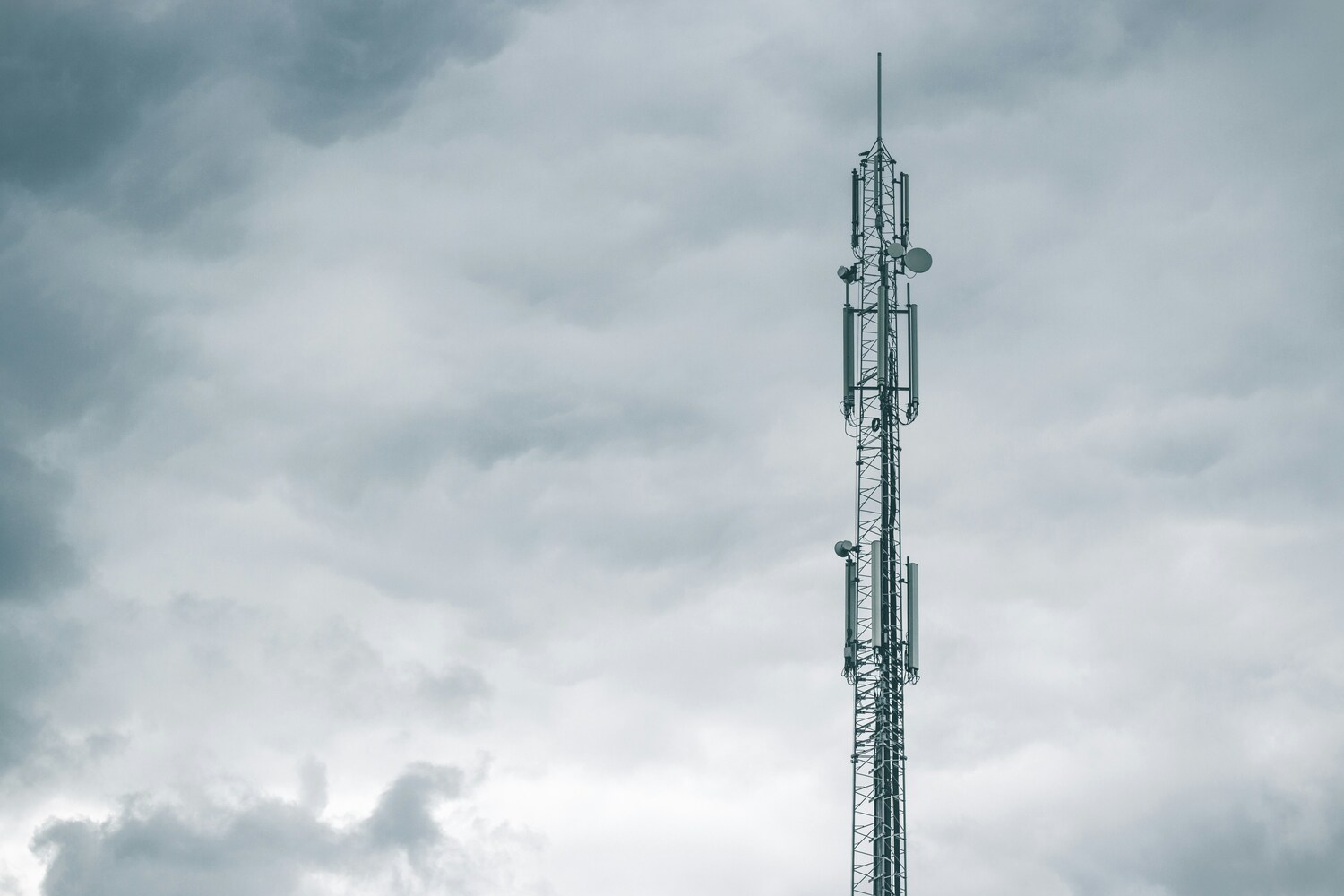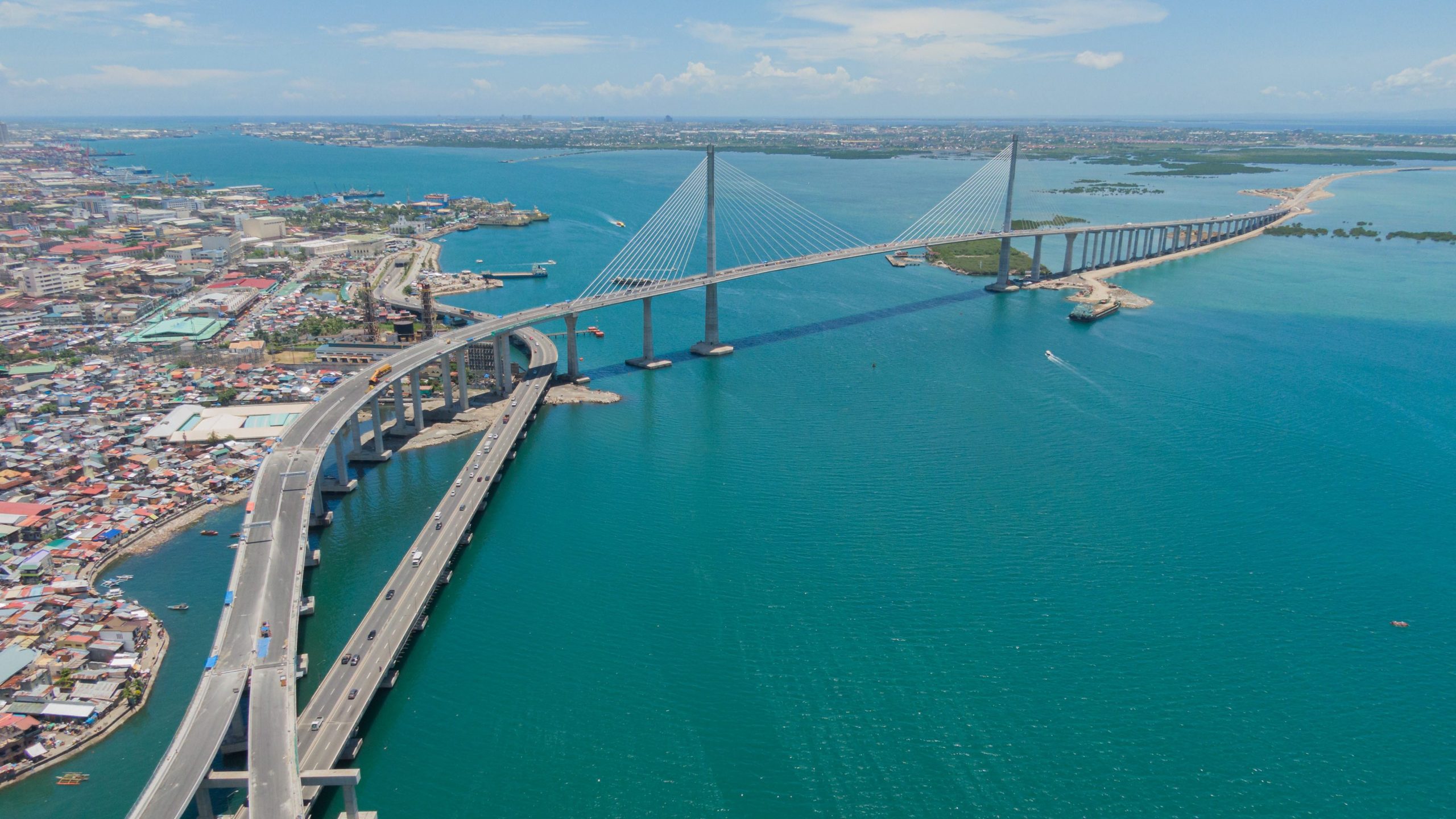
- Mobility & Infrastructures
Categories:
Today (17 May) marks World Telecommunication and Information Society Day. I would like to take this opportunity to highlight its social contribution and reflect on its use and impact on our daily lives and the economy.
From smoke signals to instant communication: A journey through technological revolution
From smoke signals through to hieroglyphics and modern communication methods, human beings have always needed to communicate. But the big change came with instant remote communication, which has radically transformed the way we work, interact and live.
This evolution has led to changes in many areas:
- Access to education has been widened, particularly vital in remote regions where physical access to educational institutions is limited.
- Progress has been made in telemedicine, allowing doctors to diagnose and treat patients in remote locations, improving people’s health and saving lives. Thanks to digitalisation, health information processes and management have also been made easier.
- E-commerce has transformed the global economy, allowing small and large companies alike to reach customers worldwide.
- Instant and efficient communication during emergencies has improved responses in crisis situations, from natural disasters to public security incidents.
- In terms of the sector I work in – mobility – we have achieved safer, more efficient and sustainable transport, both public and private. Today, we have safer roads, where incidents are reported in real time, allowing an immediate response to any event. We are able to see the status of a road in real time and calculate the optimal route to our destination, or have updated information on public transport, among many other possibilities.
- The combination of all the above lays the foundations of the cities of the future – focused on citizens, resilient, sustainable and safe.

As a telecommunications engineer, I see its application on a daily basis to something that, at first glance, may seem unrelated to technology, like a road. But there is ICT in what is seemingly concrete, such as the Cebu bridge in the Philippines, where technology is used to monitor and operate the bridge. Or in the Edinburgh tram, where traffic lights are linked and managed at a junction, vehicles are counted and a network communicates all the information with the control centre. And what to say about the ports of Seville and Huelva, where we are digitising railway operations. As I heard at a telecommunications conference last month, “although you can’t see us, we’re everywhere”.
Telecommunications challenges
Despite its numerous benefits, telecommunications is not free from challenges, such as the digital divide, data privacy and safeguarding cybersecurity. Like any technological revolution, it also has its B-side, where this use is not aimed at the common good, and it is essential that global policies and strategies address these issues to ensure accessible and, above all, secure telecommunications for everyone.
This day reminds us of the importance of telecommunications and the need to promote innovation and inclusion. Telecommunications has been and will be a key pillar in the development of a more connected, educated and healthy global society. On this day, we celebrate the transformative power of telecommunications and call for action to ensure that its potential is fully leveraged for the benefit of all humanity.
Oiane Niebla
Directora de proyectos y responsable de Innovación Abierta en Sener
Telecommunications Engineer with 20 years of experience. Within Sener, she is a project manager and head of Open Innovation. She also promotes the development of smart technologies in the areas of mobility and energy through internal developments. She is responsible, together with the Sener Foundation, for "A Challenge for Science," which aims to foster scientific and technological vocations among secondary school students.

 About us
About us

